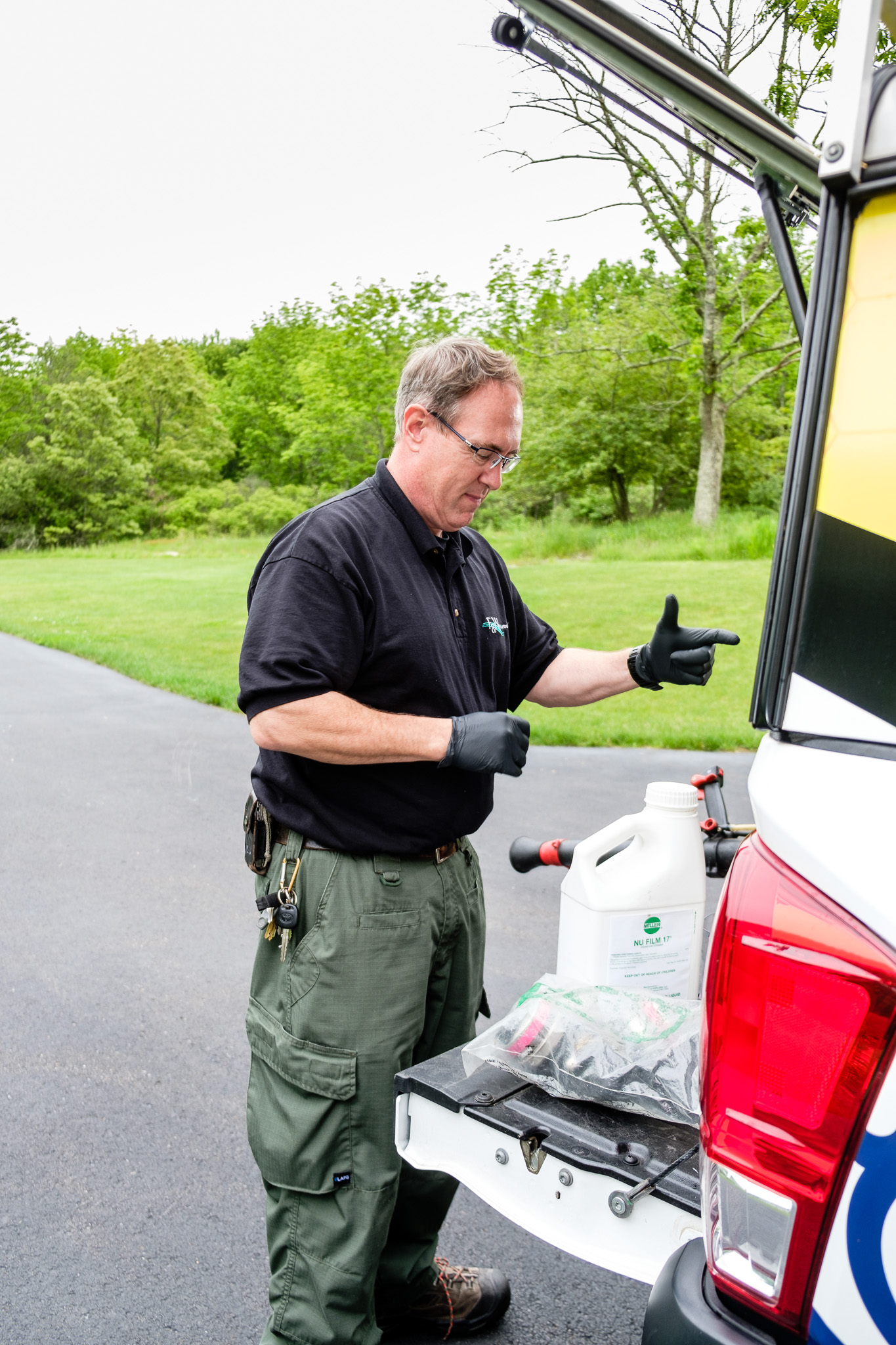Evaluating And Understanding Termite Control In North Easton, Massachusetts

Termite Exterminator
If you’re a home owner in North Easton, Massachusetts who is dealing with a termite infestation, it’s important to understand how to properly address the problem. Getting rid of termites requires a sound understanding of the pest, effective pest control services, and a plan of action. In this guide, we’ll provide an overview on evaluating and understanding termite control and provide helpful tips for home owners who need treatment.
The Basics of Termite Control
Termites are small wood-eating insects that feed on dead plants and trees. They’re also known as ?silent destroyers? since they can cause damage inside walls, furniture, and other wooden items without producing any sound or visible signs. An infestation can quickly spread throughout a home and cause costly damage over time.
The most common type of termite found in Massachusetts is the Eastern Subterranean Termite. They usually nest in moist, but not necessarily soaked, dirt and therefore require some water or moisture in order to survive. The colony builds underground and favor moist and dark areas for their nests, such as basements and foundation cracks.
Once an infestation is detected, effective termite control involves a combination of treatments and inspection to stop the spread and prevent future infestations. The first step is to have a professional inspect the area for termite activity. An inspection can be more invasive than a normal homeowner may be willing to do and usually involves taking apart any affected walls and using a wood boring machine to look for signs of termite activity. After it is determined that the area needs to be treated, the professional can then recommend the most appropriate treatments.
The most common types of termite control treatments used in North Easton, Massachusetts,are a liquid insecticide treatment, wood treatments, baiting treatments, and fumigation. Each has its own advantages and unique application methods.
? A liquid insecticide treatment,also known as a residual treatment, is applied directly to the infested area. The active ingredient bonds to the wood, making it more difficult for the termites to get to it. This type of treatment is often used to protect areas in new construction.
? Wood treatments are used to treat existing termite colonies. They involve injecting an insecticide into the wood that will kill the insects. While these treatments can be effective, they have to be applied to the entire affected area and can be more expensive.
? Baiting treatments are used to eliminate termite colonies. The bait consists of a food source that attracts the termites, but also contains an insecticide that kills them. The baits are placed in baiting stations around the affected area, but they may not work quickly and require multiple treatments to be successful.
? Fumigation involves pumping a gas containing a pesticide into a sealed area, such as a room in a house. This method is effective for larger areas, but is more expensive and requires the hire of a professional for the job.
Protecting Your Home Against Termites
Once an infestation has been addressed, there are several steps you can take to protect your home from future termite damage. To start, it’s important to address any areas where moisture is collecting in the home, such as around leaking pipes or in the basement. Reducing moisture levels will make it less likely that termites will enter and start to feed.
It’s also important to inspect the exterior of your home for signs of termite damage. Look for mud tubes, which are dirt tunnels used by the insects to connect their nests to a nearby food source, and damaged wood or darkened areas of paint on the exterior walls of your home. If you find any signs, it’s important to call a professional termite exterminator as soon as possible to address the issue.
Finally, it’s come to routinely checking your home for signs of termite activity. This includes inspecting any wood that comes into contact with the soil, such as decks, porches, and window sills. You should also keep an eye out for swarms of termites or their shed wings, which are an indication that they’re present in your home.
Conclusion
Protecting your home from termite damage is a vital step for home owners dealing with an infestation in North Easton, Massachusetts. Evaluating and understanding termite control services can help you make the right choice for your home and ensure that your property is protected from future infestations. If you’re in need of professional termite control services, don’t hesitate to reach out to F&W Pest Control. We provide termite control services in all of eastern Massachusetts, including North Easton, and offer a broad spectrum of service that includes residential pest control, wildlife removal, and general pestcontrol. Our pest management professionals will assess the extent of the issue and determine whether or not you need pest control services to get rid of troublesome pests. Contact us today and get the help you need to get rid of termites from your home.
Pest Control Near Me
Searching for an easy fix to your pest problems? Here at F&W Pest Control, our exterminators will treat an array of different pest issues including termites, bed bugs, mosquitoes, and more! Long-term protection is right at your reach with the help of our highly trained team of exterminators in the Greater Boston area. Don’t allow pests to take over your home, put your trust in our pest control services to ensure a pest-free home. With our help, you won’t have to spend any more free time implementing DIY extermination methods!


